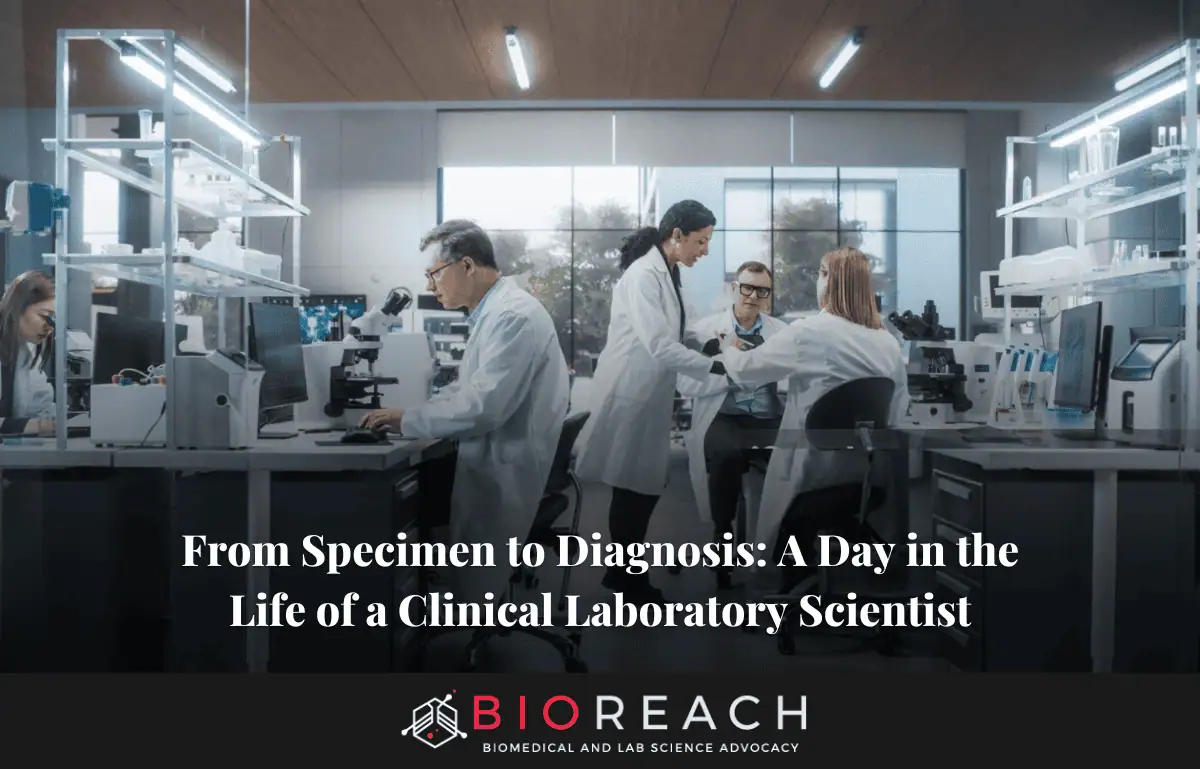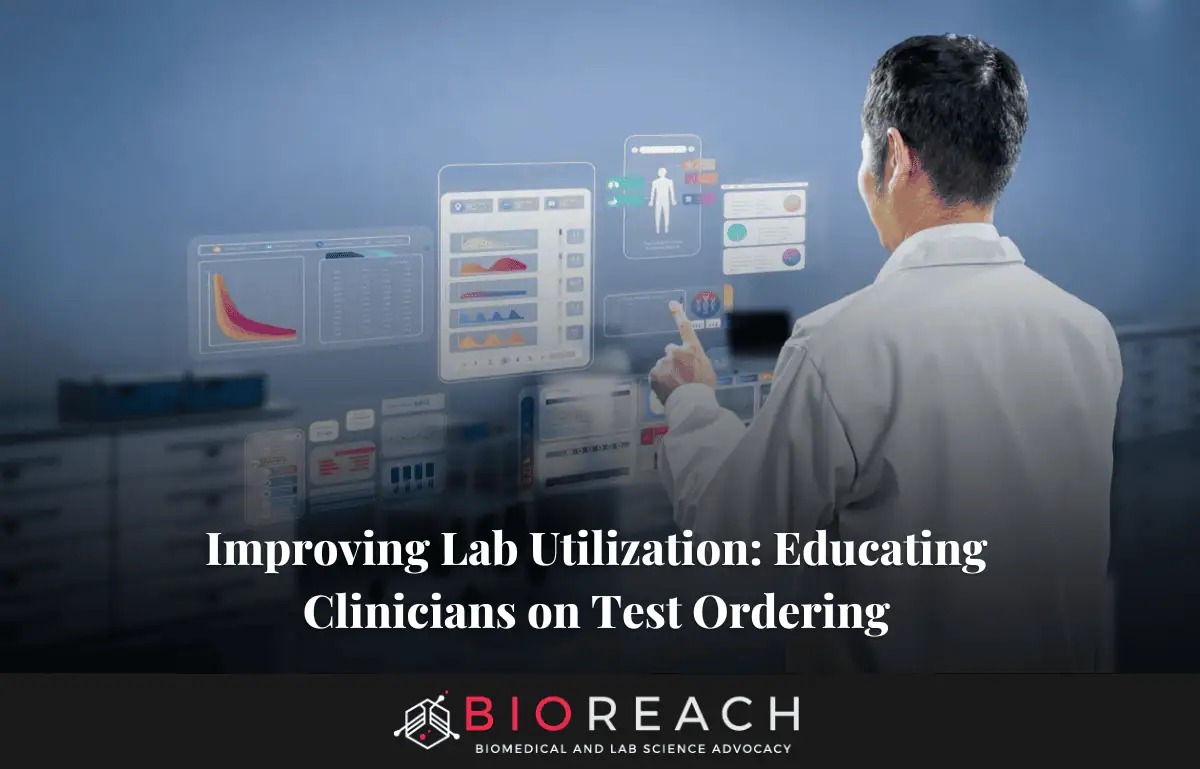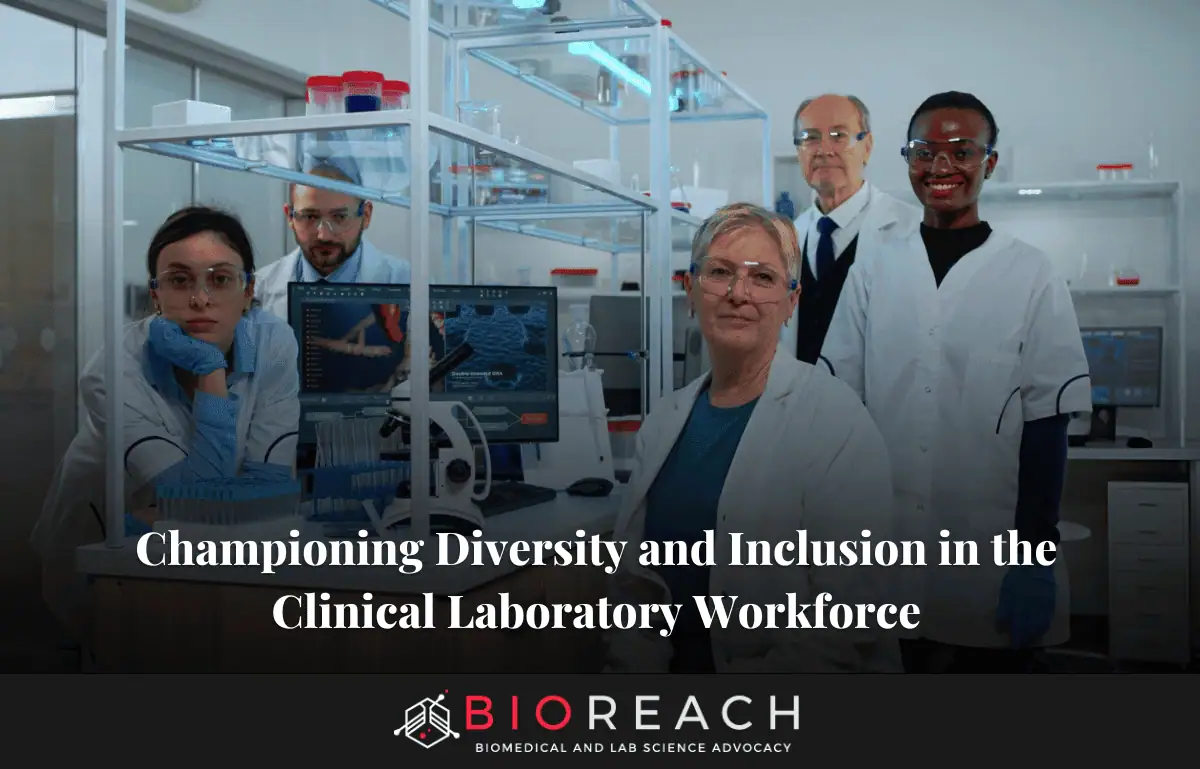When we visit a doctor, we usually have an idea of what happens next: an examination, maybe a prescription, and, if necessary, a treatment plan. But what most people don’t see is what happens behind the scenes, the crucial role played by clinical laboratory scientists (CLS). These healthcare professionals are like the unsung heroes of medicine. While they may not interact with patients directly, their work impacts almost every diagnosis, treatment plan, and outcome. A typical day in the life of a clinical laboratory scientist is anything but ordinary. It’s fast-paced, high-stakes, and centered around the meticulous process of turning patient specimens into concrete medical insights.
The Morning Starts Early: Prepping the Lab
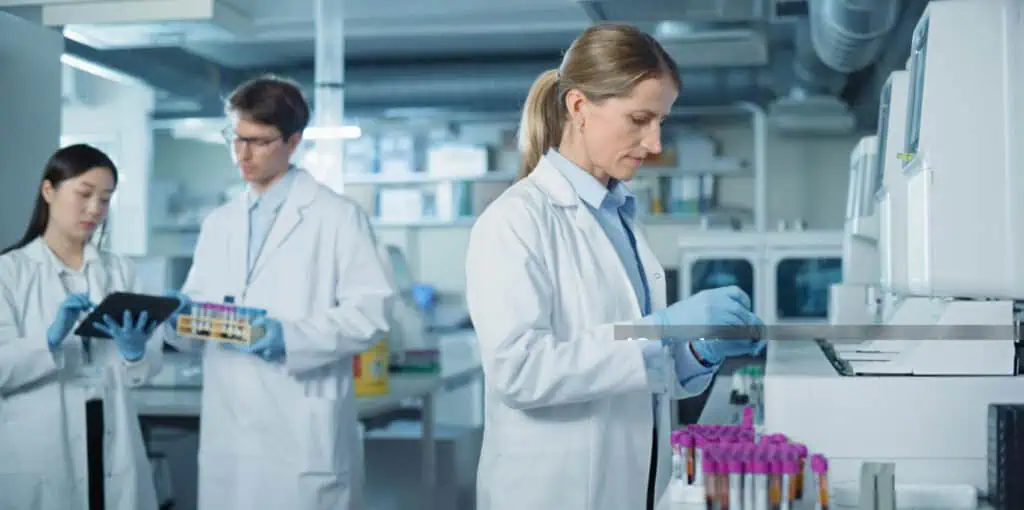
For a clinical laboratory scientist, the day begins early, often before most people even have their first cup of coffee. The lab is already humming with activity. For those who work in hospital settings, the shift often starts at 6:00 AM, just in time to get a head start on processing the specimens that arrived overnight.
The first task of the day is making sure the lab is properly set up. Specimens have been collected from patients in various forms: blood, urine, swabs, stool samples, and sometimes even more complex biological materials. The specimens are carefully logged into the system, ensuring that each one is tracked accurately, from collection to analysis. The laboratory scientist checks the list of tests requested by doctors and prepares the necessary equipment and reagents. If you’re imagining a room full of complex machines, beakers, and test tubes, you’re not far off. Modern clinical laboratories look a lot like chemistry labs, but with much more specialized machinery designed to quickly and accurately analyze biological samples.
Processing the Specimens: A Delicate Balance of Precision and Technology
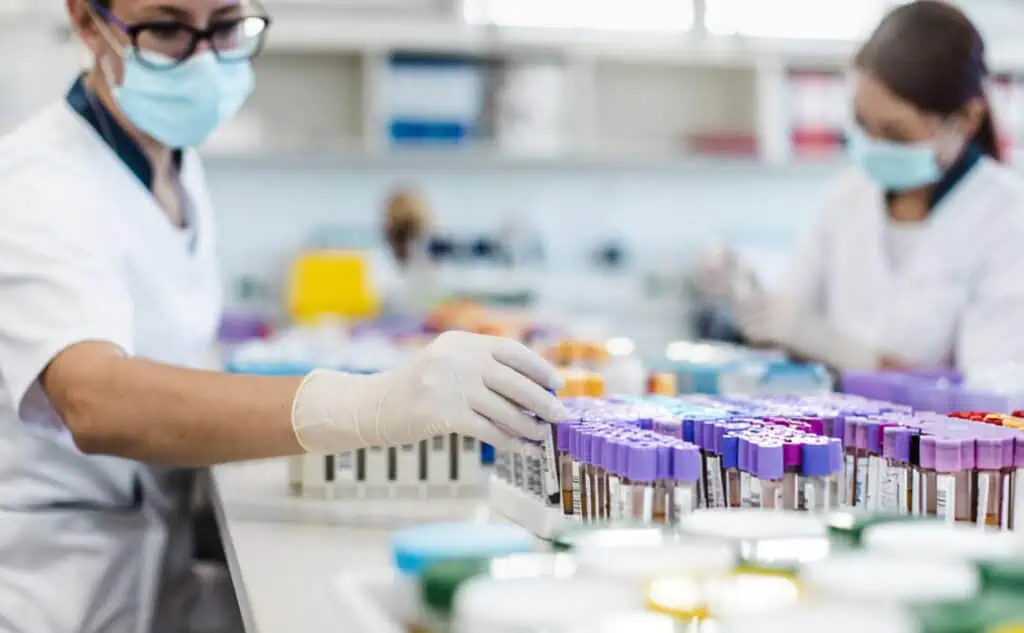
Once everything is prepped, it’s time to begin the analysis. In today’s labs, much of the work is done by automated machines. Clinical laboratory scientists are highly skilled at operating and maintaining these machines, and their role in troubleshooting and interpreting the results is critical.
The first step is sorting through the specimens, organizing them according to priority. For example, a blood sample from a patient who is undergoing emergency surgery might need to be processed much more quickly than a routine cholesterol check. This requires the CLS to have excellent organizational skills and the ability to think on their feet. While many tests are automated, some, particularly microbiology tests, require hands-on work. For example, a sample taken from a patient with a suspected infection might be placed on a special culture medium to see if any bacteria or viruses grow. Depending on the results, the CLS may need to set up additional testing to identify the microorganism and determine which antibiotics or treatments would be most effective.
Even with all the automation, a clinical laboratory scientist’s day is filled with intricate tasks requiring sharp attention to detail. Mistakes here can lead to misdiagnoses, so it’s not just about getting the job done; it’s about getting it done right. It’s a constant balancing act of precision, technology, and understanding the nuances of each test. Some tests are straightforward, like measuring the amount of glucose in a blood sample, while others are more complex, like genetic testing or testing for rare diseases.
The Diagnostics Process: Connecting the Dots
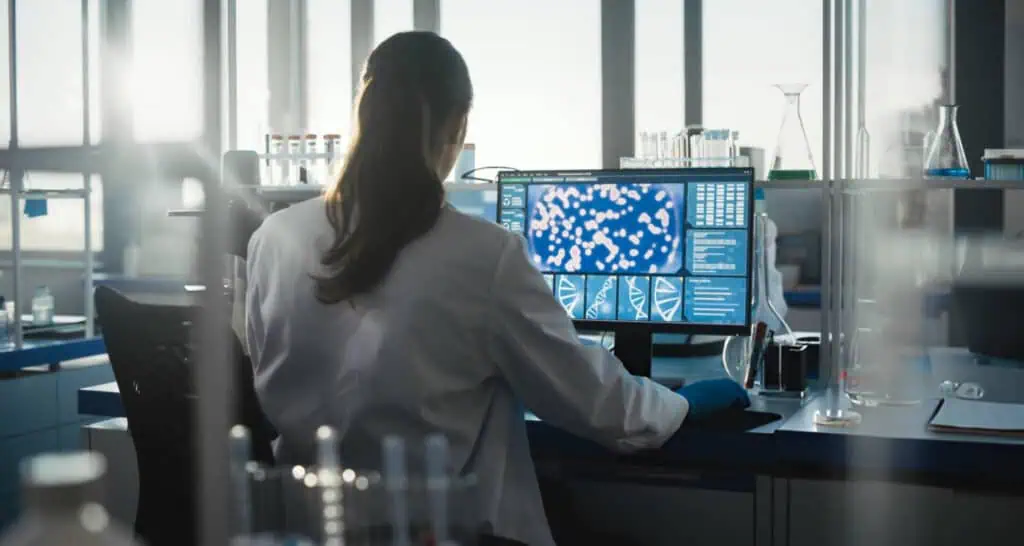
Once the tests have been completed, it’s time for the CLS to interpret the results. This is where the real science comes into play. The role of the clinical laboratory scientist isn’t just about running tests and collecting data; it’s about understanding what that data means. They don’t diagnose patients themselves, but they provide doctors with the information they need to make informed decisions.
For example, if a blood test comes back showing an elevated white blood cell count, it could indicate an infection, inflammation, or even leukemia. The lab scientist must interpret the numbers in the context of the patient’s clinical history and ensure that the results are accurately conveyed to the doctor. The level of expertise required is immense because the slightest misinterpretation can lead to a major mistake.
Clinical laboratory scientists also provide critical information that helps doctors make decisions in real-time. For instance, during surgery or emergencies, doctors may need lab results quickly to make decisions about blood transfusions or infection control. A CLS needs to be ready for anything, including urgent tests that require immediate attention.
Collaborating with Doctors and Other Healthcare Professionals
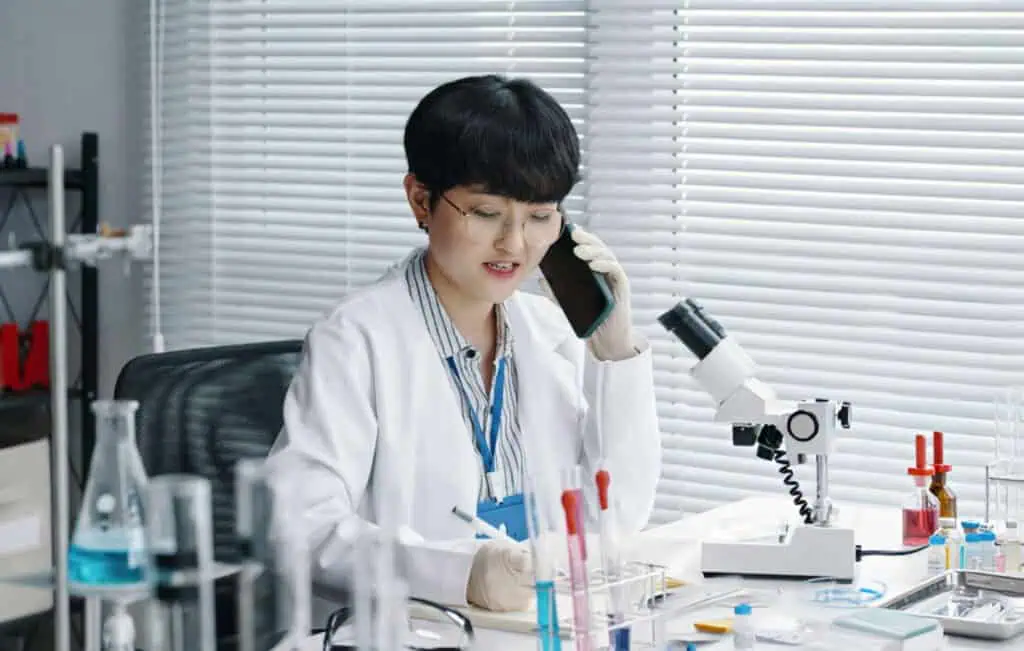
The role of the clinical laboratory scientist doesn’t end with completing the test. Communication with doctors and other healthcare professionals is crucial. For instance, if the CLS sees a result that may indicate a serious or life-threatening condition, they immediately communicate with the healthcare team to ensure the patient receives the correct treatment. In some cases, the CLS might suggest additional tests or alternative diagnoses based on the data they’ve observed.
Though clinical laboratory scientists don’t often interact with patients directly, they do play a vital role in the team dynamic of healthcare. It’s a highly collaborative environment. They work with pathologists, doctors, nurses, and even pharmacists to ensure that patient care is based on the most accurate and up-to-date information available.
The High-Pressure Moments: Managing Critical Results
In a hospital laboratory, there’s always pressure to get the results out as quickly as possible, especially in critical cases. A CLS must juggle numerous tests, deadlines, and unexpected issues, all while maintaining high levels of accuracy. For instance, if a lab receives a test for a patient suspected of having sepsis, the results need to be analyzed immediately to help doctors intervene quickly.
The pressure to maintain quality control while also meeting the fast-paced demands of the job can be intense. Clinical laboratory scientists are trained to handle these high-pressure situations with grace. They often work in teams, supporting each other when things get particularly busy. It’s not uncommon for CLS professionals to work long shifts, including nights and weekends, particularly in hospitals with 24/7 laboratory services.
The End of the Day: Wrapping Up and Preparing for Tomorrow
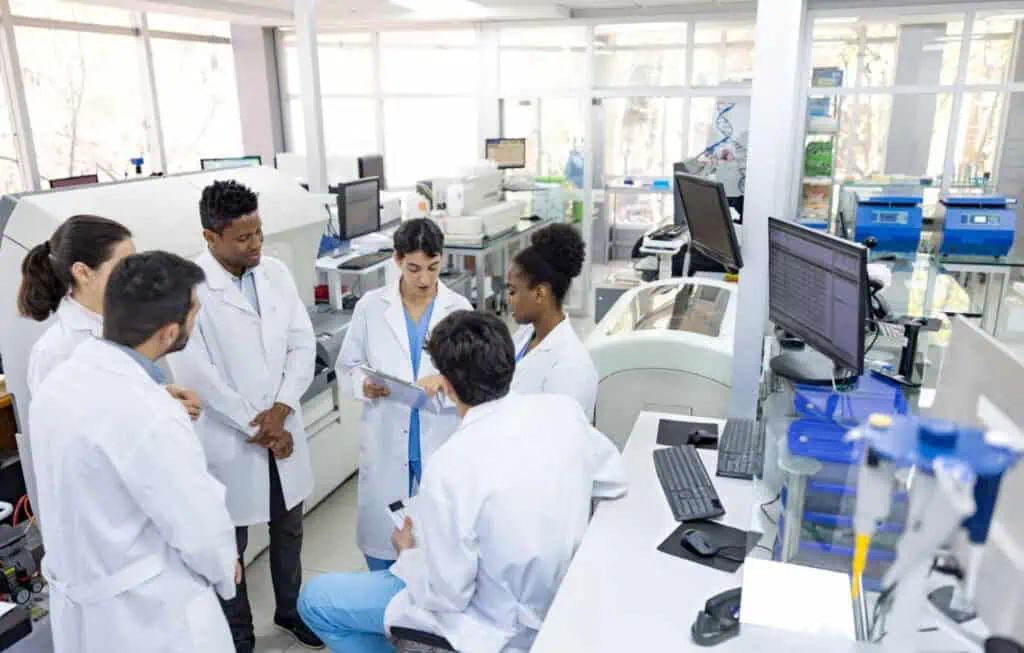
After a full day of analyzing specimens and helping provide crucial diagnostic information, the day winds down, but not without a final review. The laboratory scientist checks all results for accuracy, ensures that any critical findings are reported to the appropriate healthcare provider, and preps the lab for the next day. This includes cleaning equipment, restocking supplies, and ensuring that all specimens are properly stored.
In many cases, clinical laboratory scientists also participate in meetings or training sessions at the end of the day. Given the rapid advances in medical technology and laboratory techniques, continual education is a vital part of the job. Whether it’s learning about the latest diagnostic equipment or keeping up with new disease markers, a CLS’s work doesn’t end when the shift is over.
The Impact of the Job: More Than Just Numbers
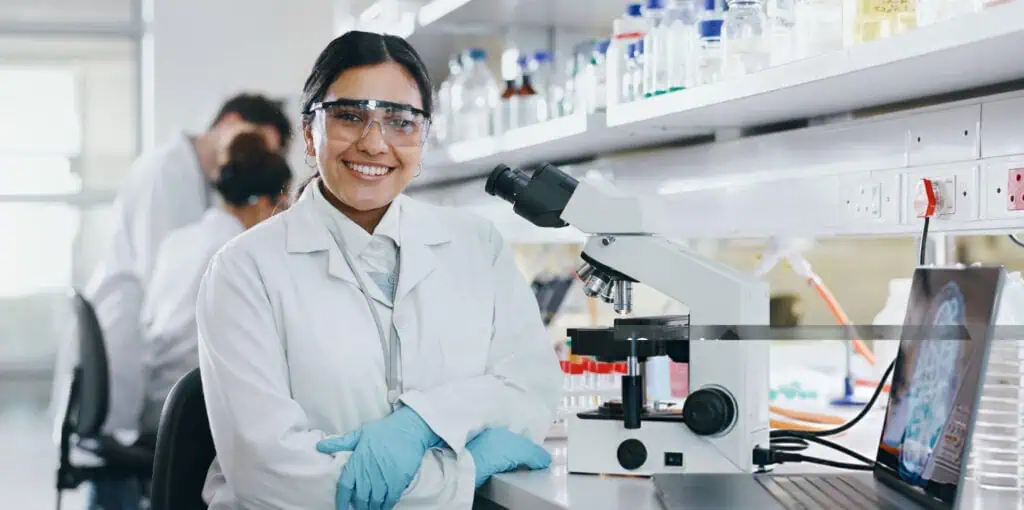
The importance of clinical laboratory scientists can’t be overstated. They turn raw biological samples into vital information that directly affects patient outcomes. Without them, doctors would be left to make diagnoses based on symptoms alone, without the powerful tool of laboratory data.
Clinical laboratory scientists may not always be in the spotlight, but their work is critical to modern healthcare. From blood tests to genetic screening, from detecting infections to identifying rare diseases, they help provide the clarity that makes it possible to treat patients effectively. And while the job may not always come with the recognition it deserves, for those in the field, the satisfaction comes from knowing they play a pivotal role in the healthcare system, ensuring that patients get the right treatment based on the best available evidence.
Final Thoughts: A Career Full of Purpose
For anyone considering a career in clinical laboratory science, it’s not just about working with microscopes and machines. It’s about contributing to something bigger, the health and well-being of people. Each test, each result, and each diagnosis is a small piece of the larger puzzle of patient care. It’s a challenging career, but for those who thrive in high-pressure, detail-oriented environments, it offers immense job satisfaction and the chance to make a real difference in people’s lives. And while the job may be invisible to most patients, the critical role of the clinical laboratory scientist can never be underestimated.
Frequently Asked Questions
What does a Clinical Laboratory Scientist (CLS) do?
A CLS analyzes biological samples like blood, urine, and tissue to help diagnose, monitor, and treat diseases. They use advanced lab equipment, ensure test accuracy, and provide critical data that supports medical decisions.
How important is the role of a CLS in patient care?
Very important up to 70% of medical decisions depend on lab test results. CLS professionals play a vital behind-the-scenes role in diagnosing illnesses, tracking treatment progress, and supporting emergency care.
What skills are needed to become a Clinical Laboratory Scientist?
Key skills include attention to detail, technical expertise, problem-solving, and effective communication. A strong foundation in science and the ability to work under pressure are also essential.
How do Clinical Laboratory Scientists ensure accuracy in their work?
They follow strict protocols, use calibrated equipment, perform quality control checks, and verify results to ensure data reliability. Collaboration with doctors helps them interpret and communicate findings effectively.

